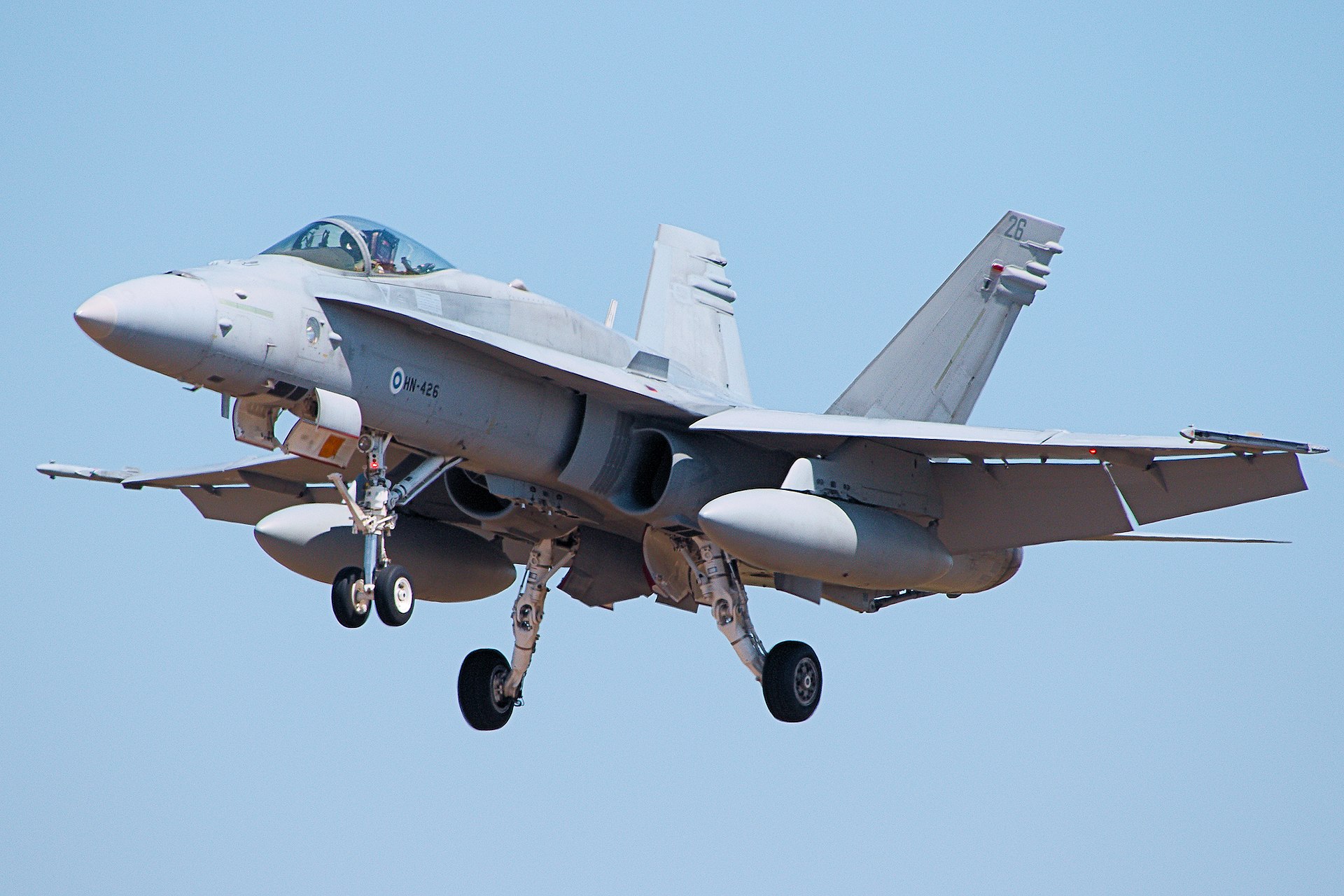For nearly a century, the Finnish Air Force’s logo has featured the swastika, but this is now in the process of being quietly phased out in favor of simple concentric rings of white and blue.
The swastika is inextricably linked by everyone in the Western World with the Nazi regime in Germany during World War II. It had formed the center of the logo belonging to Finland’s Air Force.
In an interview with Euronews, Finnish authorities said that the logo was being amended to remove the swastika emblem.
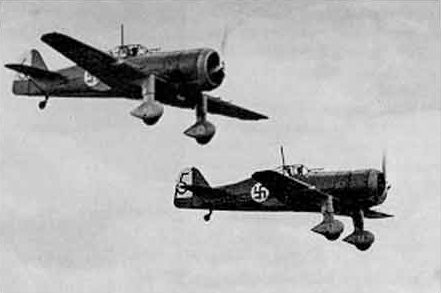
Finland’s air force was established in 1918, with the donation of a Thulin Type D reconnaissance aircraft by Count Eric von Rosen of Sweden.
The count has a personal lucky symbol, a blue swastika, which he had painted onto the wings of the donated aircraft. The emblem remained after the donation and became the Finnish Air Force’s symbol from that date until 1945.
At the end of World War II, all the aircraft belonging to the Finnish Air Force have sported a roundel made up of concentric white and blue rings.
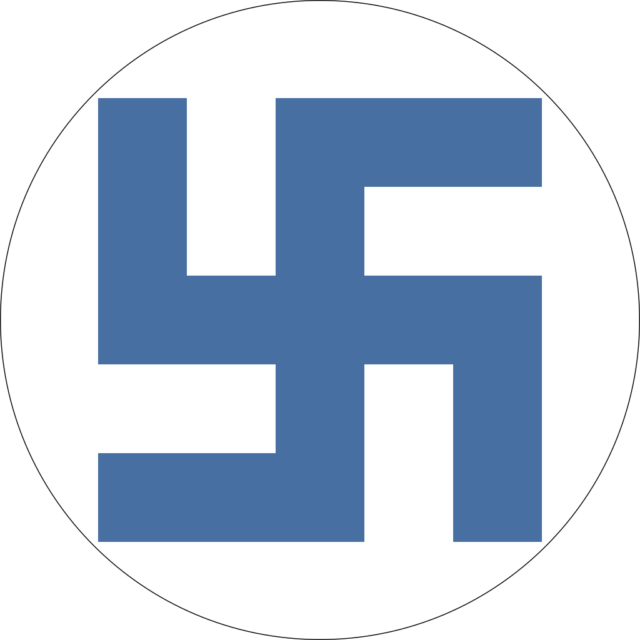
This roundel became the official emblem of the Air Force, but the blue swastika remained in many places such as squadron emblems and flags and other decorative items.
Up until 2017, the Air Force Command had an emblem featuring the swastika in the center of a pair of wings. This was changed to feature a golden eagle surrounded by a circle of wings, which is similar in shape to the Air Force’s service roundel.
A spokesperson for the Air Force gave the reason for the change, “As unit emblems are worn on uniforms, it was considered impractical and unnecessary to continue using the old Air Force Command unit emblem, which had caused misunderstandings from time to time.
However, having been von Rosen’s symbol and the national emblem of Finnish military aircraft, the swastika remains featured in some Air Force unit flags and decorations.”
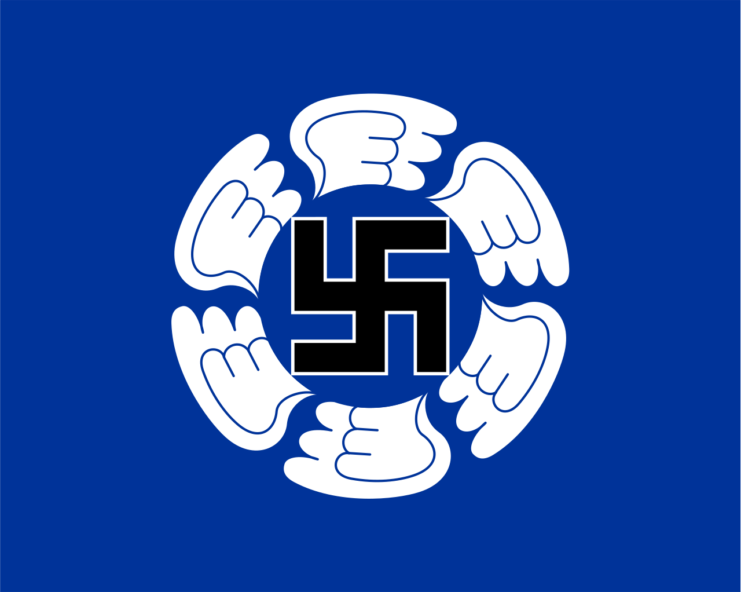
A professor of world politics based at the University of Helsinki, Teivo Teivainen, was the first person to note that changes were being made. He had, in the past, questioned the Finnish authorities on the continued use of the swastika by the Air Force.
In a blog written in 2016, Teivainen, said that he believed the case for keeping the swastika was weaker than the case for removing it.
The swastika, or hooked cross, has been a symbol used by humanity for thousands of years. Its first appearance was thought to have been 7,000 years ago in Eurasia.
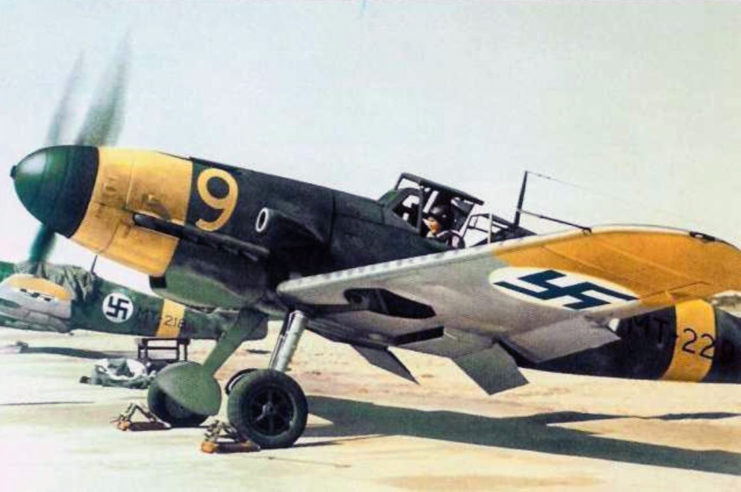
Many artifacts collected emanating from various cultures, predating Christianity, show the swastika, but then it seems to have been lost for several centuries. In the 19th Century it made a reappearance in items from India and the East, where it is still a universal symbol in use today.
This led to the symbol being very commonly used in Europe in the 20th Century where it meant many things to different people, but the most common interpretation was that it was a promising token and meant good luck.
Count von Rosen is thought to have first seen the symbol while on a school field trip. The trip was to one of the Swedish islands, Gotland, which is rich in Viking heritage. The emblem was prominent on runestones from that age.
Another Article from us: US Committee Tries to Stop the Retirement of A-10 Warthog
He kept the symbol and had it carved into his luggage when he left in 1901 on an expedition to South America.
